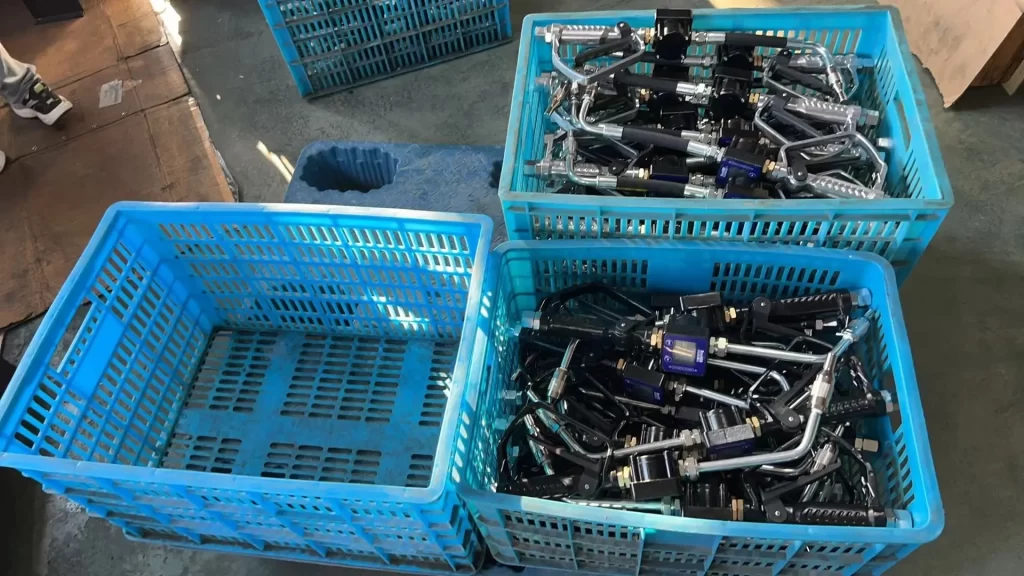Lubrication metered nozzles deliver precise lubricant quantities to prevent under or over-greasing in industrial equipment, ensuring optimal performance and efficiency.
Industrial lubrication keeps equipment running smoothly. But determining the right amounts of grease or oil for various applications can be challenging. That’s where metered lubrication nozzles provide major value – dialing in precise lubricant quantities for different lube needs.
1. Ideal for preventing under/over-lubrication failures
2. Enables balancing flow rates across asset types
3. Simplifies standardizing lube practices plantwide
Let’s explore key uses for adjustable metered nozzles in maintaining top machinery performance and efficiency.
Here are some of the major applications of lubrication metered nozzles:
Unmetered manual lubrication makes delivering too much or too little grease unfortunately easy. These extremes create problems across industrial equipment.
For example, under-greasing bearings accelerates wear, causing premature failures from increased friction and contaminant ingress. Yet over-lubrication also ruptures seals, leaks out messily, or contaminates components.
By providing exact measured lubricant outputs, metered nozzles prevent both excessive and inadequate greasing. Their precision application optimizes machine reliability and uptime.
An individual production line utilizes a diverse mix of bearings, motors, pumps, and other lubrication points. Required grease quantities can vary widely between these components.
With adjustable metered nozzles, technicians simply tune the flow rates appropriately for the lube needs of each application. This balancing prevents components from being under or over-greased.
Metered lubrication nozzles bring vital consistency to lubrication work. Once flow rate settings are dialed in, the nozzles ensure uniform repeated application regardless of the technician.
This simplifies standardizing lubrication quantities for the same equipment types across an industrial plant. Work quality and machinery protection no longer rely on individual judgment.
For large facilities with remote grease lines or central lube distribution systems, metered nozzles are absolutely essential.
Their precise grease metering at each application point is the only way to guarantee proper volumes from an automated system. Without flow rate control, remote lubrication couldn’t function effectively.
Between their precision lubrication and flow rate consistency, metered nozzles make technicians’ jobs quicker and easier. Less time is wasted correcting under or over-application issues.
Lockable nozzle settings also enable different operators to produce uniform work. Together with standardized lube quantities, this makes oversight and quality control simpler.

Unmetered lubrication ultimately risks under-protecting or damaging equipment. But reliable heavy machinery lies at the heart of industrial productivity.
That’s why upgrading to adjustable metered grease nozzles makes so much sense for critical production assets. Their precision lubricant metering optimizes reliability while maximizing efficiency.
By preventing under and over-greasing failures, metered nozzles keep your plant running smoothly around the clock. Their consistency also simplifies standardizing lube practices across equipment types and technicians.
If you are looking for industrial-grade lubrication metered nozzles, partner up with Aocheng Group today and get the highest quality products possible!




